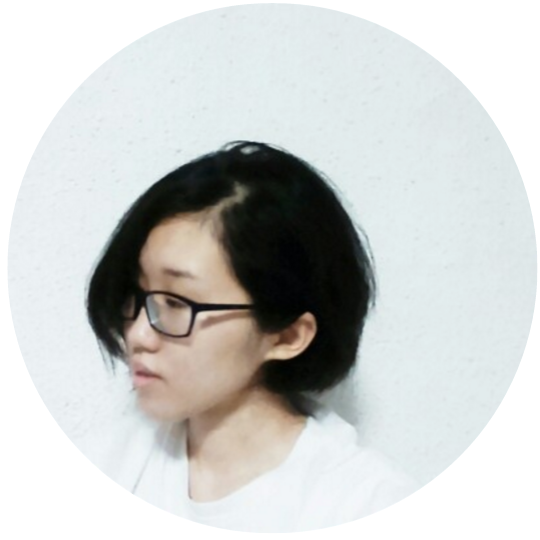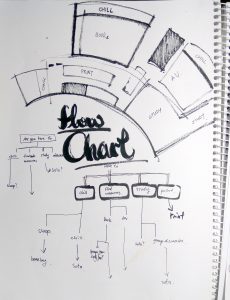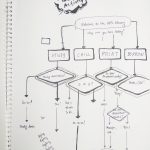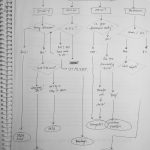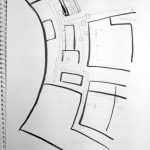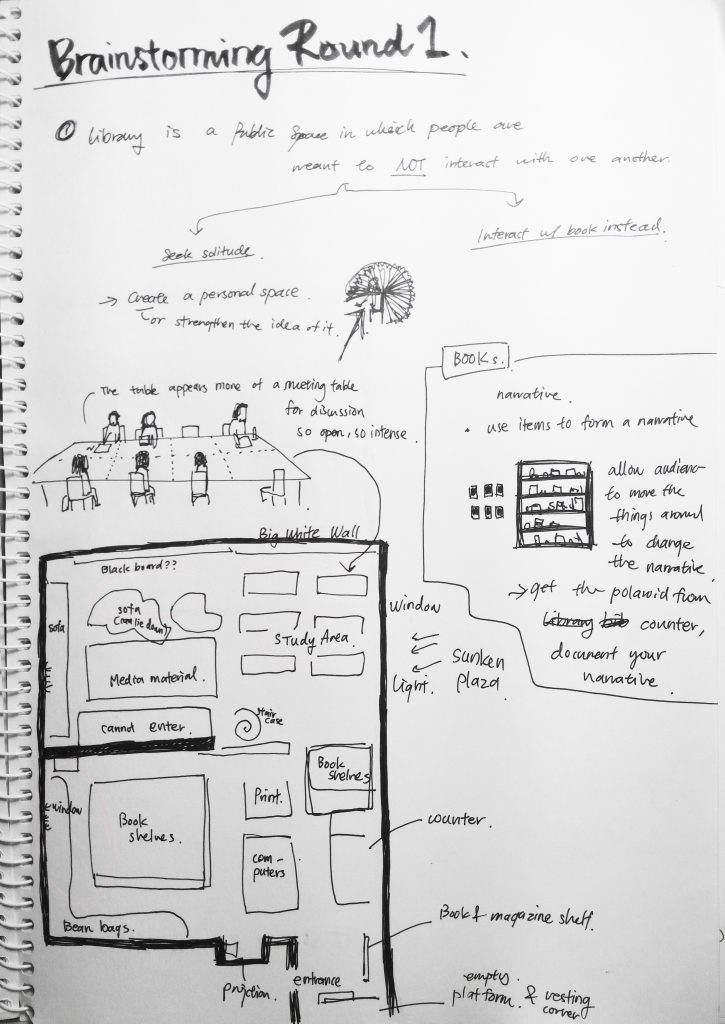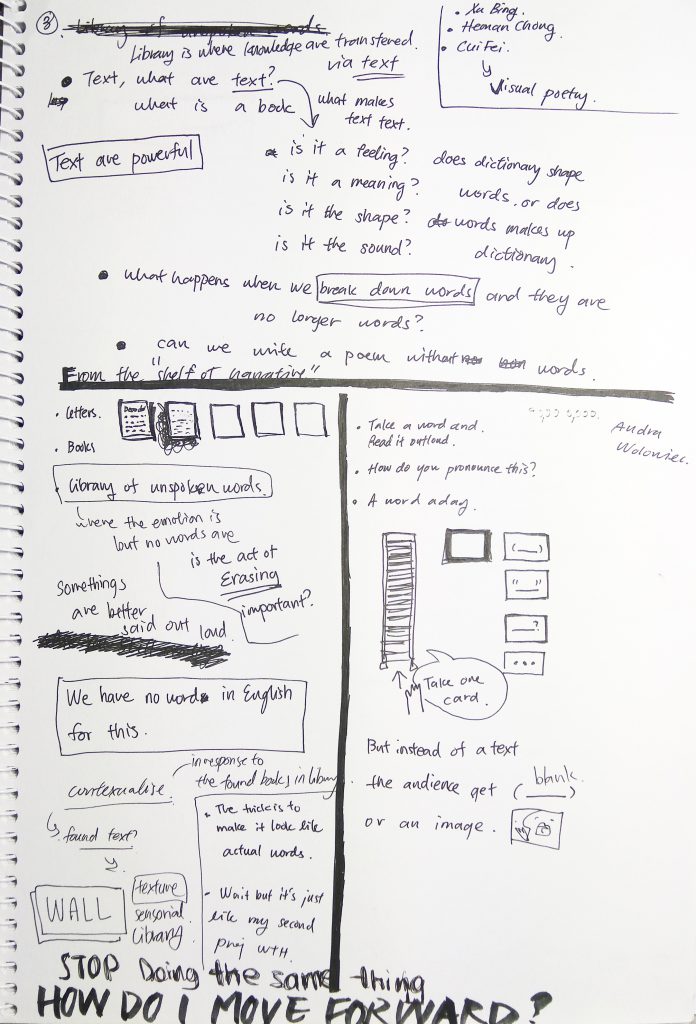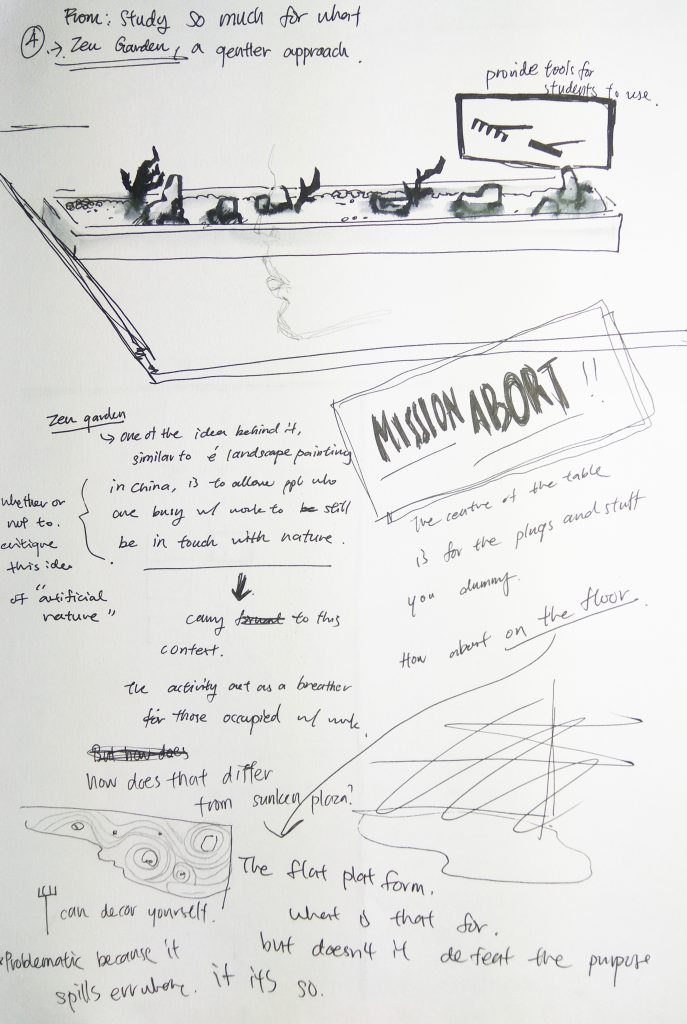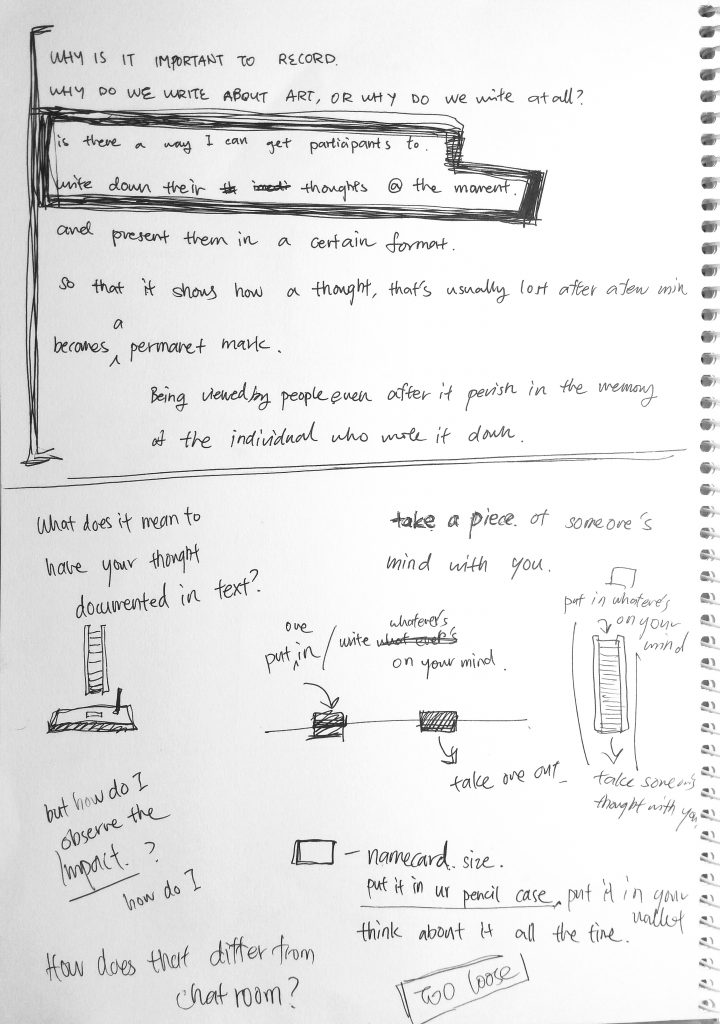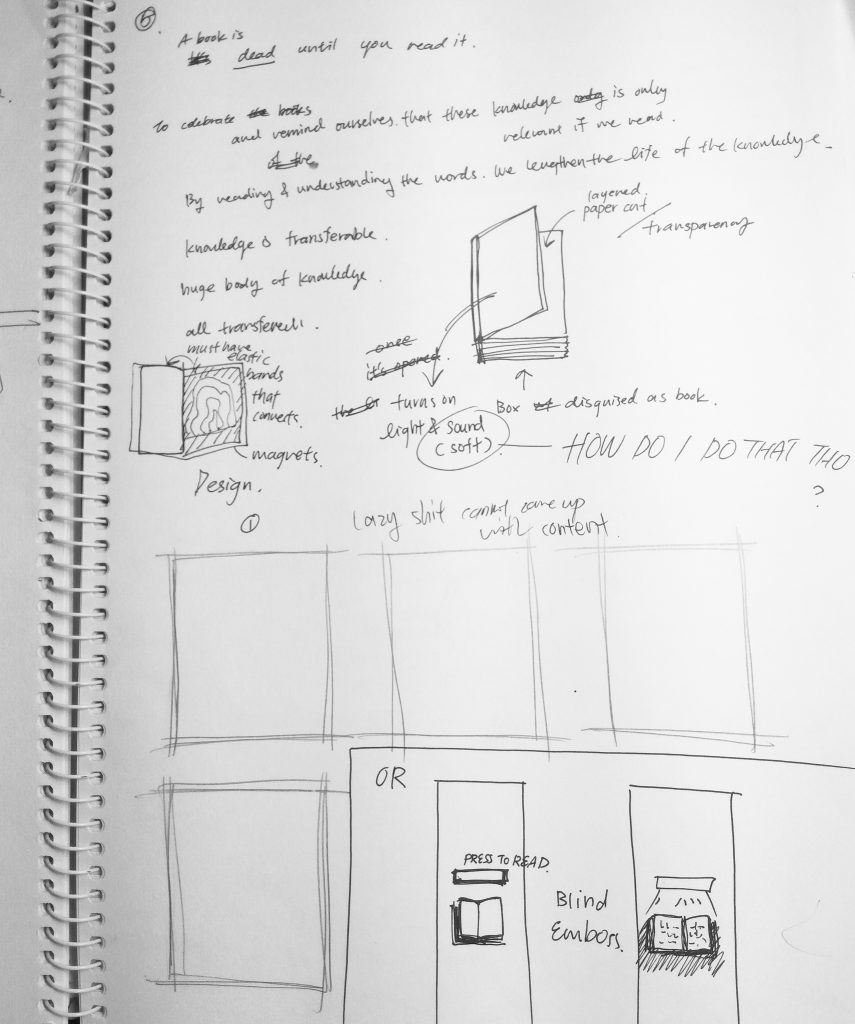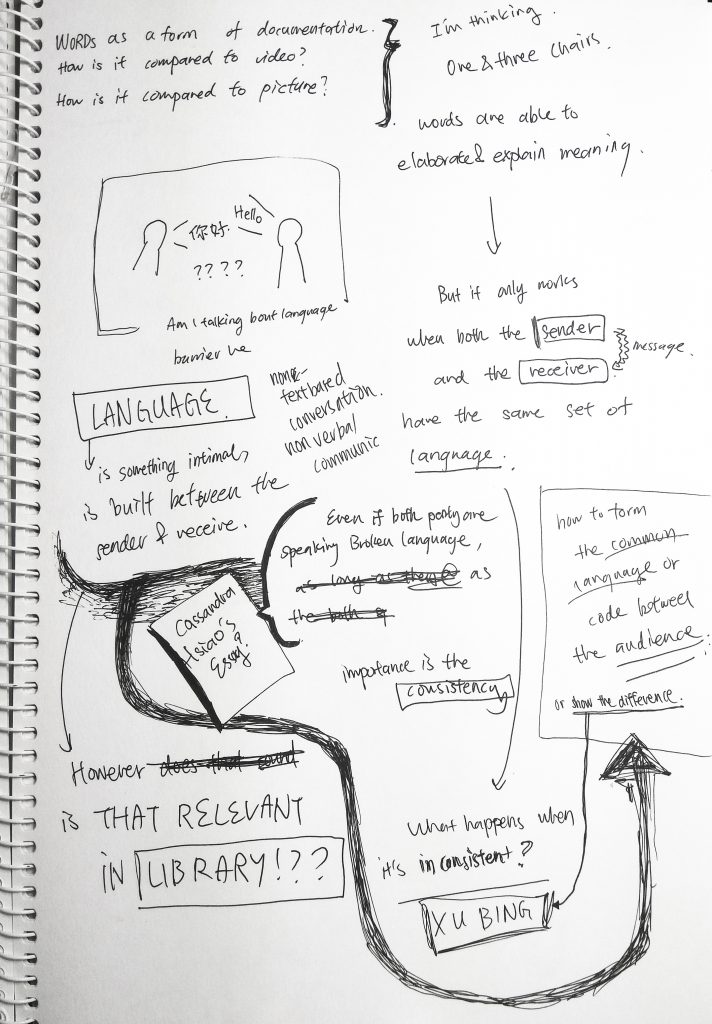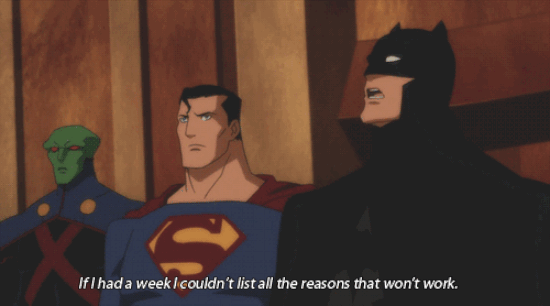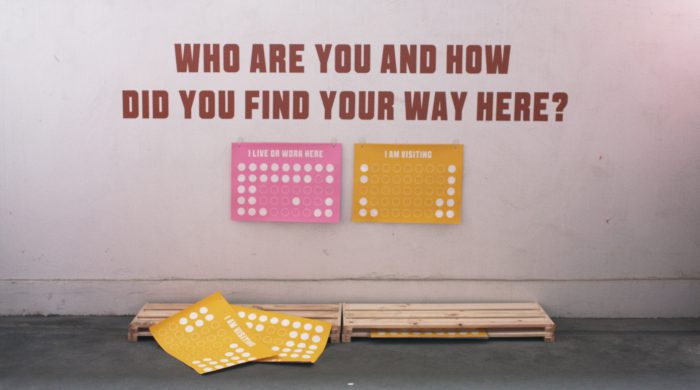
Idealistically speaking, exhibition such as this one at the water loo aims to reach out to the public, to democratise art, which sounds all very noble and nice, but in this case does it really work?
To make it effective in reaching out to the new group of audience, you can’t just throw the art work around the area and expect people to get it. The selection of artwork, and how accessible their concepts are becomes crucial to whether people would accept them.
(Also bringing art installation into the residence space could get a bit intrusive, the new visitors might not respect the peace of the area and might disturb the residents.)
Fajrina Razak’s Jalan Nan Juah (Far Distant)
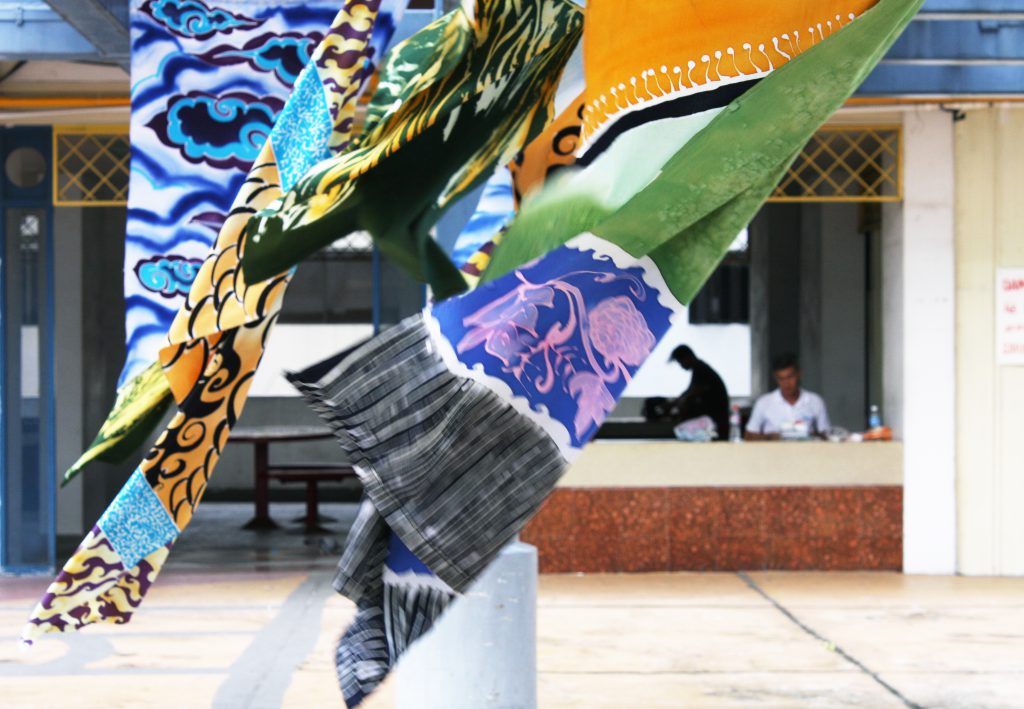
Some art doesn’t have to be that deep, sometimes art just need to be beautiful in the simple way. That’s how this one makes me feel. The traditional medium used, the way the fabric drape and get blown by the wind, the way those colour shines under the sun, it makes me so happy walking through the panels . It works well with the environment too, the choice of colours compliment that of the building, not trying too hard to stand out but almost becoming part of the building, kind of reminding me of residents hanging out their bed sheet to dry, but in a good and familiar way.
Rifqi Amirul’s Transit
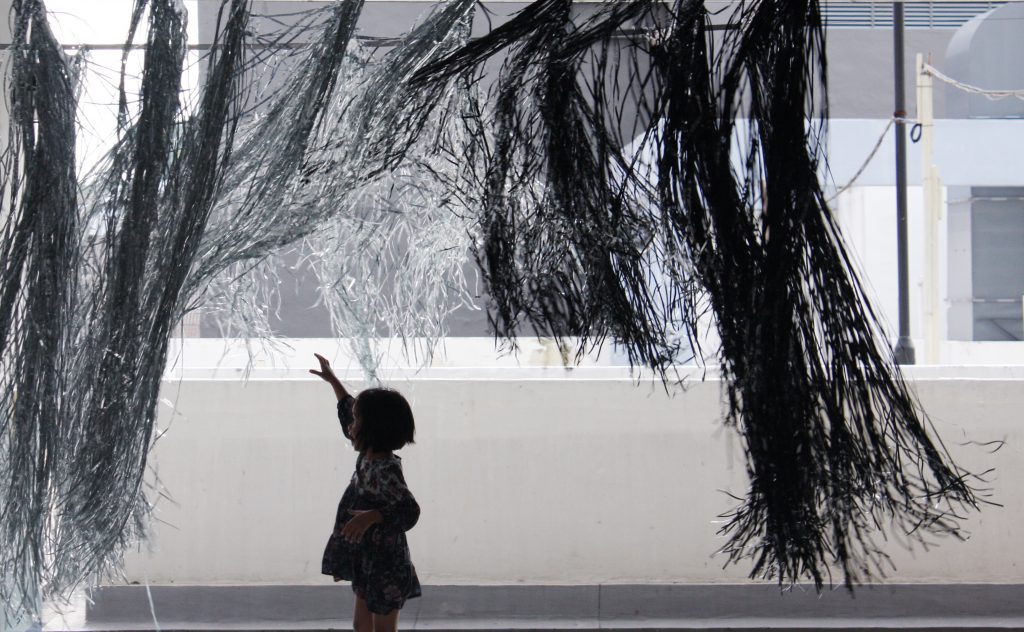
My initial thought is kitsch, because of the shimmering visual of the foil curtain. It IS pretty, and I can imagine so many visitors instagramming their selfie in front of this work. The location is also interesting, making it the first thing one sees as they step out of the elevator to the public platform. The way it flows in the wind is really pleasing to the eye. But to be frank I see little connection between the work and the write up. Though the work alone is eye catching enough and I get to see some interesting reactions from the residents. There were also nice moments like this when kids interact with it, not complicating the work by thinking whether it’s art or what it could mean.
Nhawfal Juma’at’s To Morrow’s Night

This is one of the few work that I feel only works in public domain.
It creates a separation between inside and outside. He created a private space within public domain, that isolate the viewers. I don’t think this is the artist’s intention but the plastic film allows the audience on the inside to see what’s on the outside but not the other way around, so that’s some voyeuristic elements to it. The separation was interesting, it felt strange and new. I walked in and walked out feeling equally confused, feeling that there should be more.
Also, maintenance. During the second visit the work was already destroyed by the weather, the material and method of construction is perhaps not a good idea.
Winnie Yap’s Love Shrine
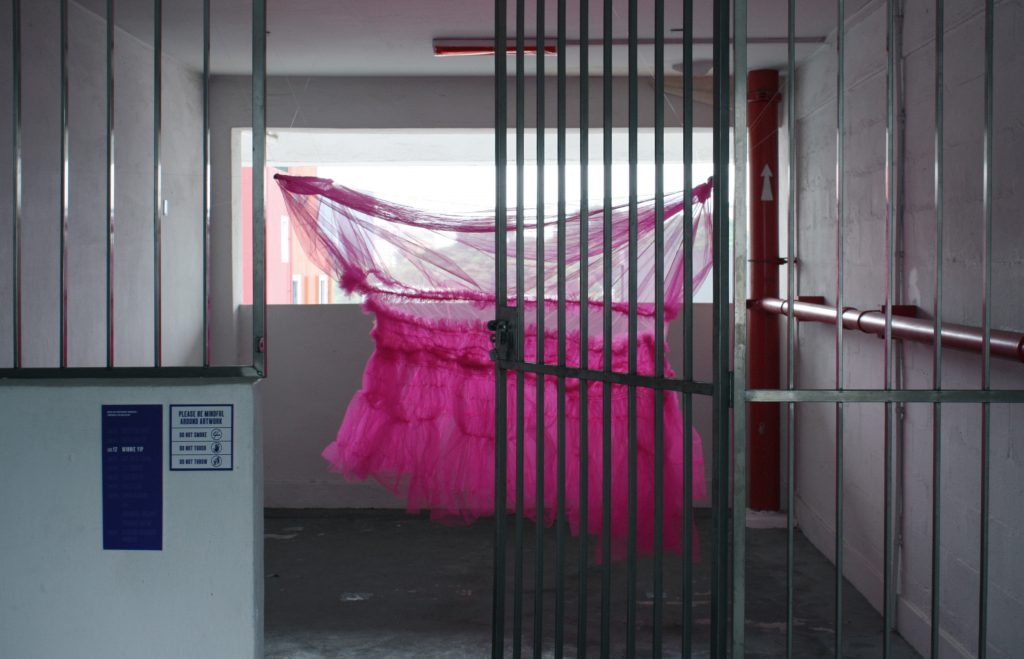
Another piece that i felt would look better in museum setting, the connection of the work to the place is slightly far streched. (Just like how a person left his traces on bed, the time and residents of the place makes the appearance of the place now.)
The hot pink and the title makes it seem like an innuendo, and I still can’t quite connect that feeling to the work.
One thing that’s bugging me is the shape of the bed sheet casing, why wasn’t it stretched to a bed shape? The shape gives it an awkward look that makes it look unfinished. And why is it so high? since the audience are suppose to observe the sheet to see the trace left behind by whoever slept on it, shouldn’t the surface of the bed be at least eye levelled? The current position kind of invites me to pop my head into the space within the sheet. Perhaps the problem is that the fishing line might obstruct the visitors, but I just feel that there’s better way of presenting the work.
Lee Wan Xiang’s Take Shelter
About the work.
Saving the favourite work to the last .
Similar to the Batik paintings by Fajrina Razak, the found objects used in this work gives it a rustic and homely vibe that makes it almost emotional. It’s really smart to use found objects which already has traces of time marked by their previous owners.
It was immersive, the space was transformed into something entirely different. The moment I stepped into the space I felt like I am visiting a someone’s make-shift home. It was made up with bits and pieces, it is shabby and yet feels so homely.
The experience was rather complete, visitors get to wonder in the space, discovering the small writings and drawings that adds more personal touch to the installation. Perhaps it’s the details that really worked for me.
It leaves me thinking, how do we make a home from scratch, what makes the space so homely.
Even more interesting when you understand that the location used for this exhibition is usually locked to prevent the homeless from taking shelter.
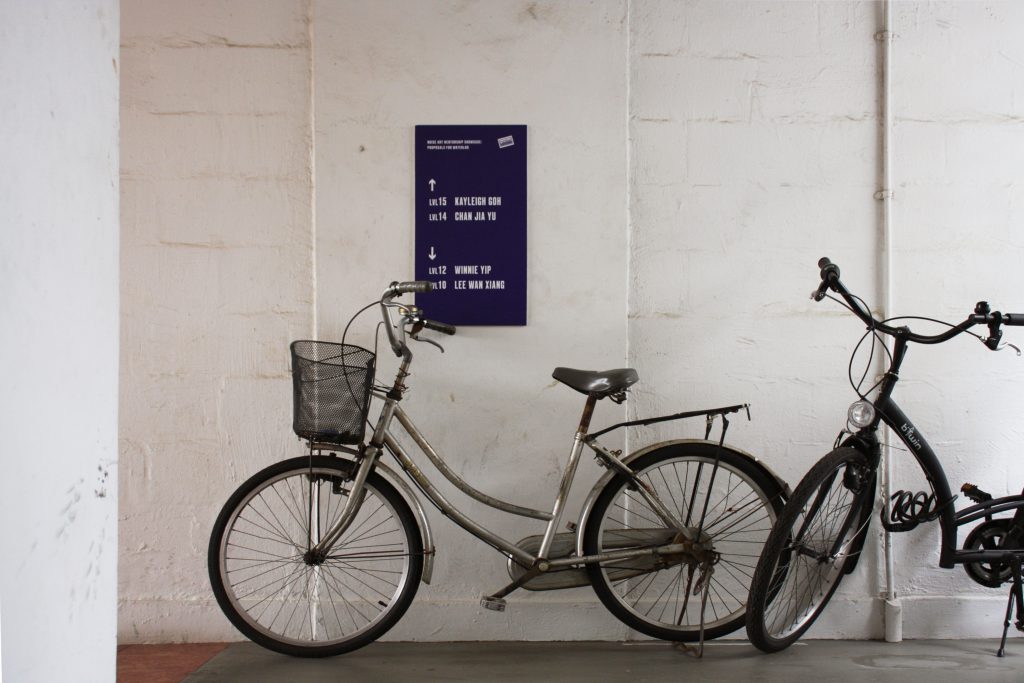
I think bringing art to the pubic is a great idea, but perhaps it’s time for us to put more thought into the approach.
Simply shifting works from gallery space to the residence space is just straight up inconsiderate. It is important to be sensitive to the new audience, the new surrounding. How to fit in to the space and still stands out as art? How to make the concepts more accessible to those unfamiliar or uninterested in art? When I say that the concept should be accessible, I’m not saying that it should be too literal or too in-your-face. The works should be less intellectual but remain elegant. They could be more experiential, more interactive to captive the audience, they could be more relatable, making it more relevant to the viewer.
But then again, who am I to say all these.
